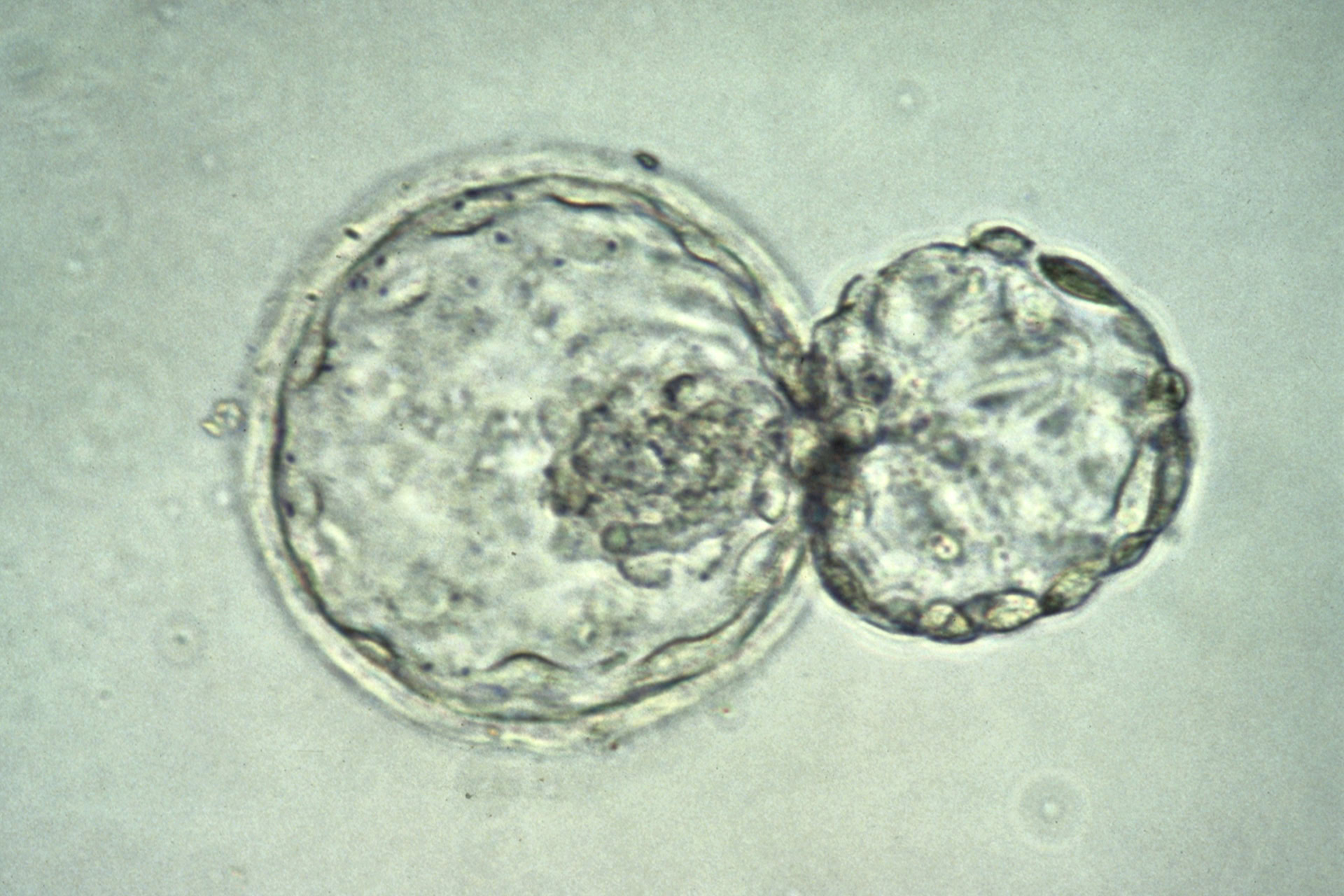IPS cells from mice can be recognised by their own immune system and destroyed, even if they are genetically identical to the recipient of the cells, scientists at the University of California, San Diego, have found. Scientists had believed iPS cells wouldn't be identified as foreign and destroyed by the body, as happens with transplants using cells or organs from a different donor.
In this new study, led by Professor Yang Xu, researchers created iPS cells from mouse skin cells and transplanted them into genetically identical mice, a process similar to performing a transplant between identical twins.
The cells were attacked by the immune systems of the recipient mice and destroyed. This was in contrast to transplants using genetically identical embryonic stem cells (ES cells), which were not destroyed by the recipients' immune systems.
Professor Nissim Benvenisty, a stem-cell biologist at the Hebrew University of Jerusalem told Nature: 'We expected that iPS cells generated from patients would be able to be transplanted back into patients. This paper indicates that that may not be the case'.
But these findings do not mean that iPS cells could never be used in medicine. Professor Xu's team found using different methods to generate iPS cells altered the strength of the immune reaction against them. This appeared to be due to different levels of, gene expression by the iPS cells.
Professor Xu told Nature: 'We propose that the technology to generate iPS cells needs to be improved in order to minimize the difference between iPS cells and ES cells, so that iPS cells can be more useful in human therapies'.
An editorial in the New Scientist called for the news to serve as a message to 'keep stem cell options open'. The study authors argue that the new findings demonstrate research on ES cells is still necessary, despite their ethically-sensitive nature, because they cannot yet be replaced entirely by research on iPS cells.






Leave a Reply
You must be logged in to post a comment.